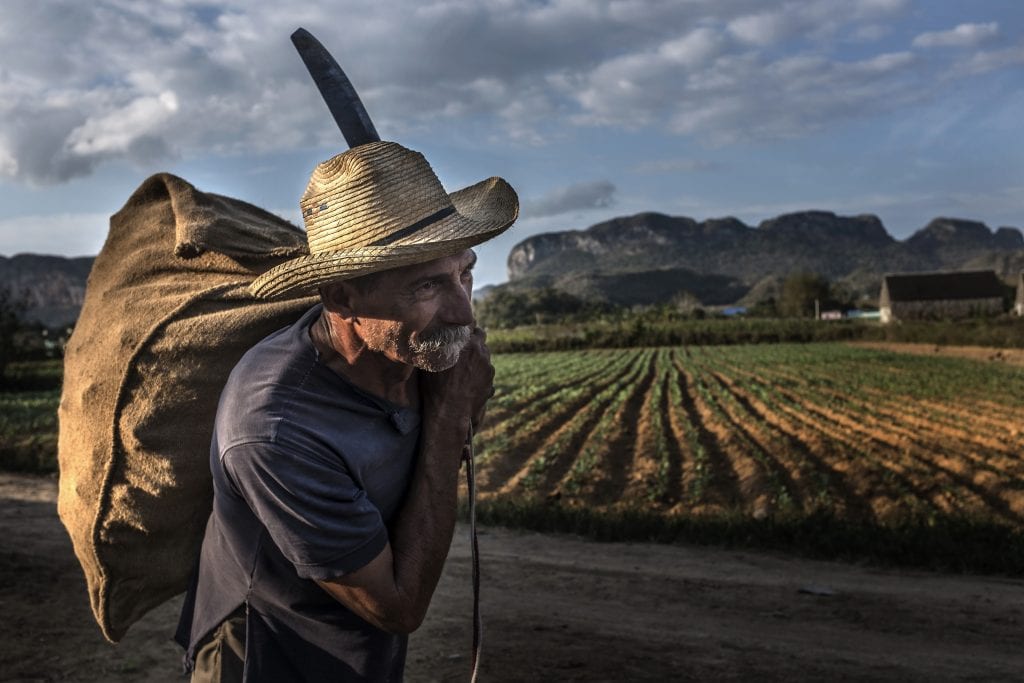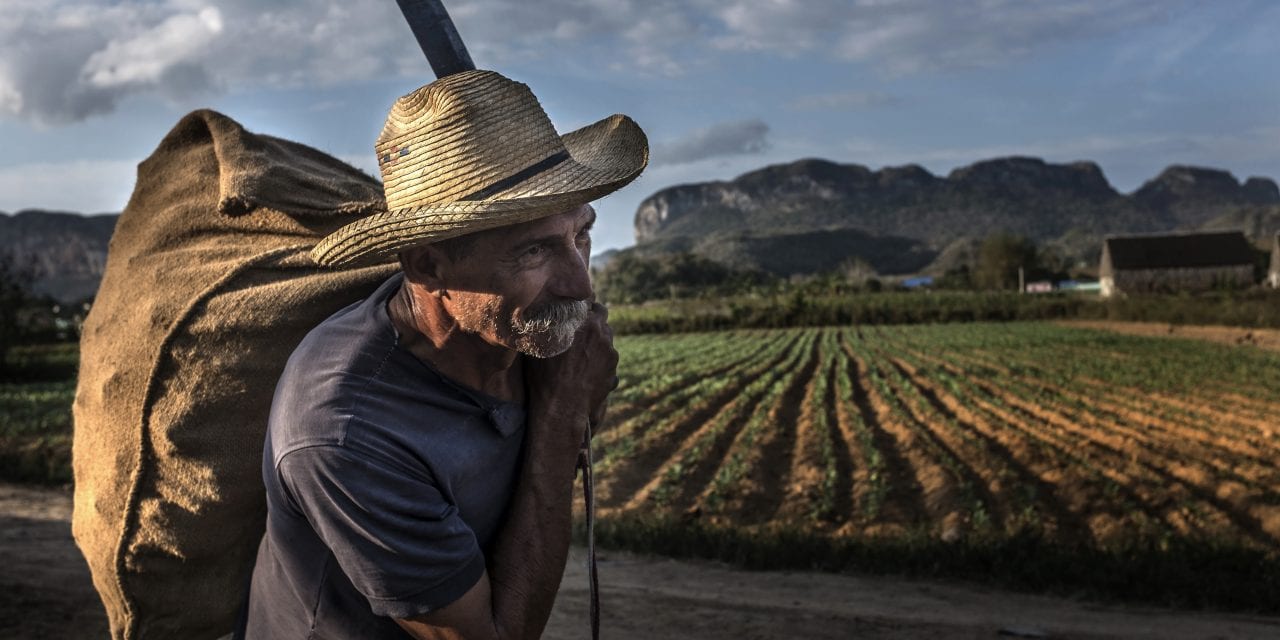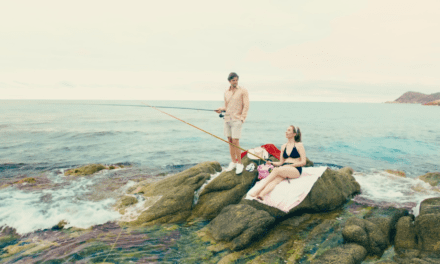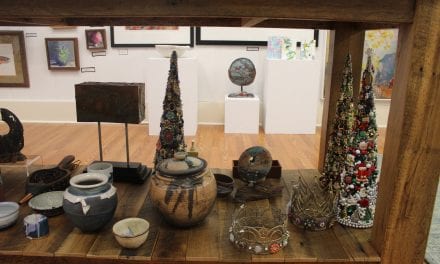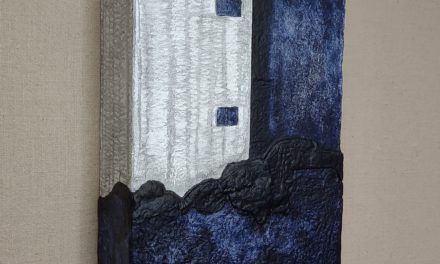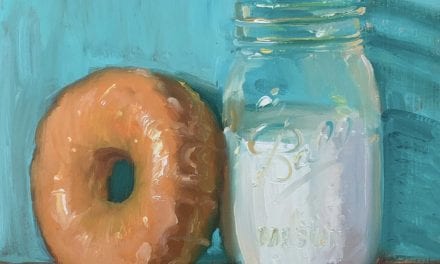It seems these days the American people have lost faith in the media. This is indicated in the report “American Views 2020: Trust, Media and Democracy” published jointly by the Knight Foundation, an institution watching the press and fine arts in cities across the country, and the polling company Gallup. The study, conducted Nov. 8, 2019, and Feb. 16, 2020, “found deepening pessimism and further partisan entrenchment about how the news media delivers on its democratic mandate for factual, trustworthy information. Many Americans feel the media’s critical role of informing and holding those in power accountable is compromised by increasing bias.”
In a world where people seem to judge the media’s objectivity harshly, being a journalist means trying to reach a skeptical and sometimes-biased general public with uncomfortable or unconventional truths. Seeing it as his duty, fine art photojournalist and stalwart of the local press John Partipilo embraces the obligation to share deeper, grittier details in news stories. For more than 40 years, John’s striking photos have connected the viewer and the subject. His photos have whisked viewers away to scenes of violence, warfare, political strife, disaster, and poverty.
His innate ability to snap the right composition at just the right time means knowing when the windows to the psyche will be open, however briefly. This allows the moments captured to show the resilience, pain, joy, and other emotions in a heartfelt way that must be seen to be understood. He can also gain a level of trust from the viewer, despite the toughness of whatever the situation may be.

John tells Launch Engine, “Journalism has always been my calling and I love what I do!”
The award-winning photographer—whose accolades include a Pulitzer Prize nomination for his coverage of the 2010 flood and a First Place Best of Photojournalism Award for the “Gangs of Middle Tennessee” feature—has traveled the world and seen sights few people can imagine. The need to see something, share it, and challenge the status quo came to John at an early age. His mother, an artist, pushed young John into the arts while he attended a strict Catholic school. When he was nine years old, his mother gave him a Kodak Brownie Hawkeye camera. Seeing his peers getting spanked by the school’s nuns, John documented what he saw as abuse. After discovering what he was doing, the nuns confiscated John’s film from his camera.
It was in that moment of the nuns’ panic, rage, and surprise that someone held them accountable for their actions, John knew he wanted to be a journalist. John has kept the camera from that first experience ever since as a reminder of who he is.
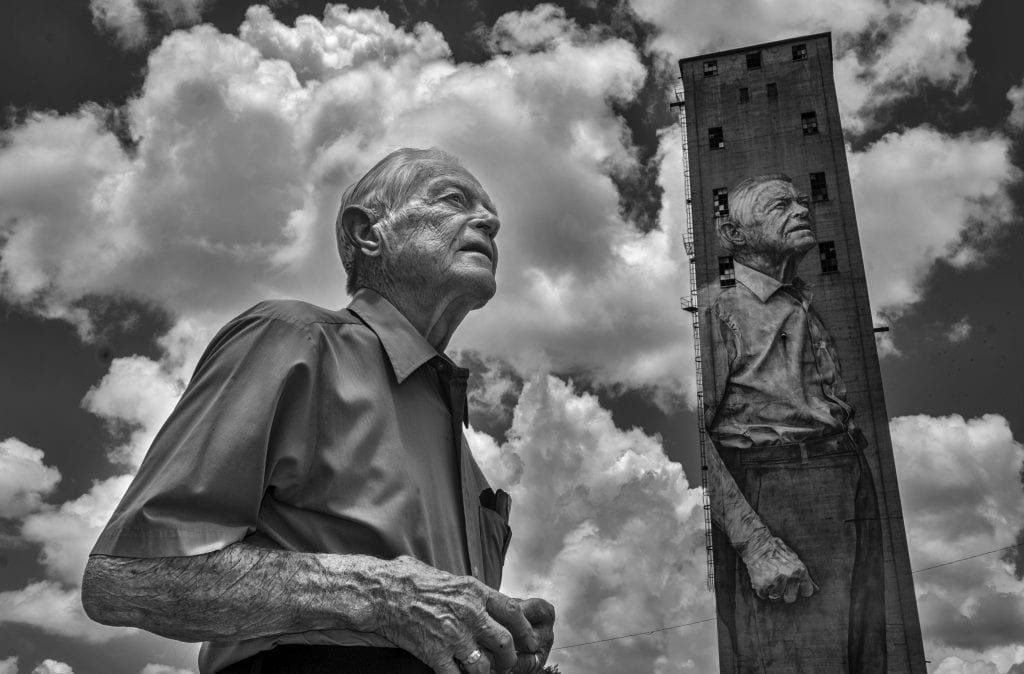
Years later, as an undergraduate, John studied Fine Art at the University of Arkansas (UA). While he was interested in the artistic character of photography, John wanted to create images that were both artful and utilitarian. John had briefly considered being a writer in his freshman year, after winning a writing contest into which he was entered by a friend.
But John would later discover satisfaction in combining his desire to tell stories and take photos. He recalls, “In college, my freshman year, I was working for the school paper… and the photographer got sick. So, the editor handed me a camera and said, ‘You’re in art school. You shoot the pictures.’ The pictures I shot that day ended up winning in a University of Missouri Photo Contest when my friend Robert Batson printed the photos and submitted them into the contest. That summer, I got to carry around camera gear for three National Geographic photographers: Bruce Dale, Bates Littlehales, and Walter Myers Edwards. I learned so much about photography that summer—and I was hooked.”
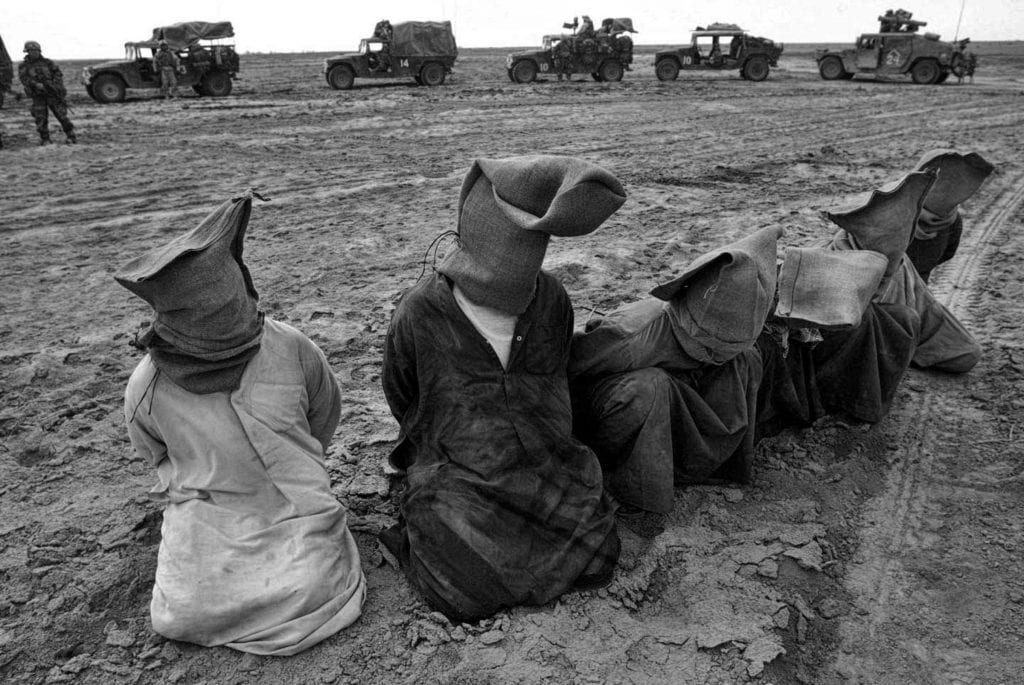
College had already given him a taste of what his photography could be. But unfortunately, UA didn’t have proper courses in photojournalism. What the university did have was a faculty of fine arts instructors who’d recognized John’s skills. A combination of their influence and assistance helped John teach himself photojournalism. John’s camera skills were honed with creative assignments and a foundation in the arts, which he credits with as instrumental in making him who he is today.
John received his Bachelor of Arts degree from UA in 1975, and, after an internship there, got his first job with a newspaper at The Arkansas Gazette. After four years with the paper, John’s skills had developed. However, because John wanted to learn more, he decided to move out to California to work with Look Magazine photographer Douglas Jones. Jones also taught classes at the renowned Brooks Institute of Photography, and John wanted to take advantage of the opportunity to work with Jones while continuing his education at Brooks. Jones took John under his wing and taught him the actual business side of photography. That mentorship began with John learning the tools and techniques for shooting commercial photography and helping him to perfect his lighting skills using professional techniques. The two actually became business partners, and John worked with his former mentor for a decade as his colleague.
John’s not one to settle on a single skill. Rather, he’s a firm believer in personal development by learning new techniques and not letting fears of inadequacy preclude the pursuit of new opportunities. Around 1980, John’s friend and neighbor, Don Gooch, recommended that John apply for a job as a sound engineer with the infamous musical act Crosby, Stills, and Nash.
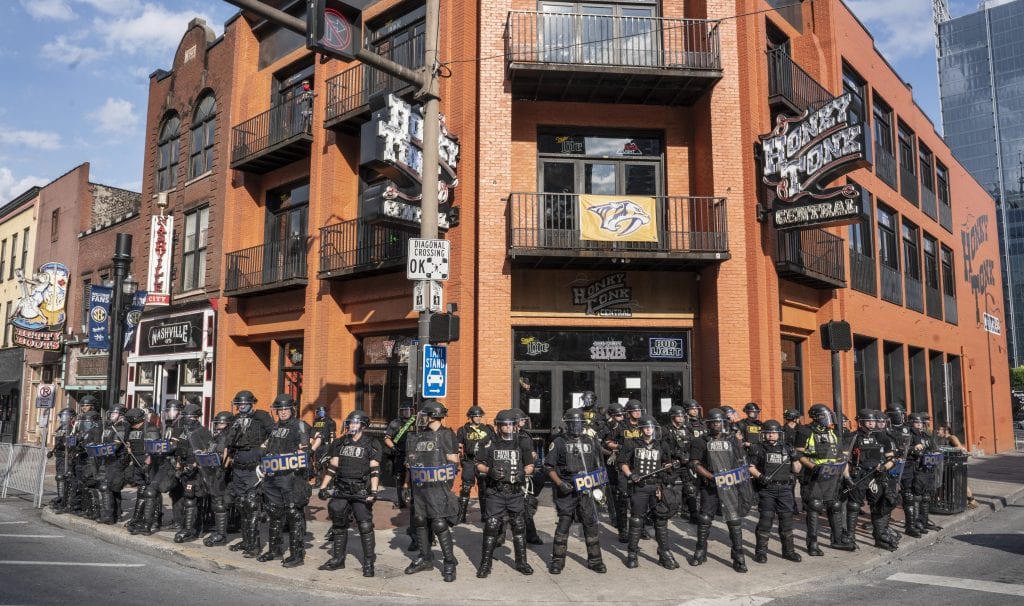
He recalls the story, saying, “Gooch lived in my neighborhood and we had this breakfast place we would see each other at all the time called the Beachwood Cafe. I never really knew what Gooch did. We would just chat when we saw each other over breakfast. One day, he ran up to me on the street and asked what I was doing with work. He said he needed an engineer for the guys he worked with and I said, ‘Well, I don’t know anything about engineering.’ And he said, ‘Great! You will be perfect, because you won’t have any bad habits, and I can train you.’ He walked me across the street to meet Gram Nash—and I was hired.”
John developed a relationship with the band, going out on the road to serve as both a sound engineer and a photographer for them. While the band toured, he also took freelance photography assignments for major publications, including People Magazine, Newsweek, and The New York Times.
By 1994, John had matured as a photographer. He had also gotten married, and he and his wife had moved from California to Arkansas, in part to take care of his mother. John became a photographer for the Baxter Bulletin, a local news publication that eventually was purchased by news conglomerate Gannett.
After winning a “Best of Gannett: award, John decided to move again in 1998 to Nashville, Tennessee, where he worked for The Tennessean for 17 years. In 2015, the strength of daily newspapers not being what it once was, the staff was offered a buyout from their employment with the paper. Though it was a hard decision to make, John knew he had to leave because he wanted the personal freedom offered to him in freelance work. Simply stated, he craved the opportunity to do serious coverage of major assignments of national news, politics, and American culture.
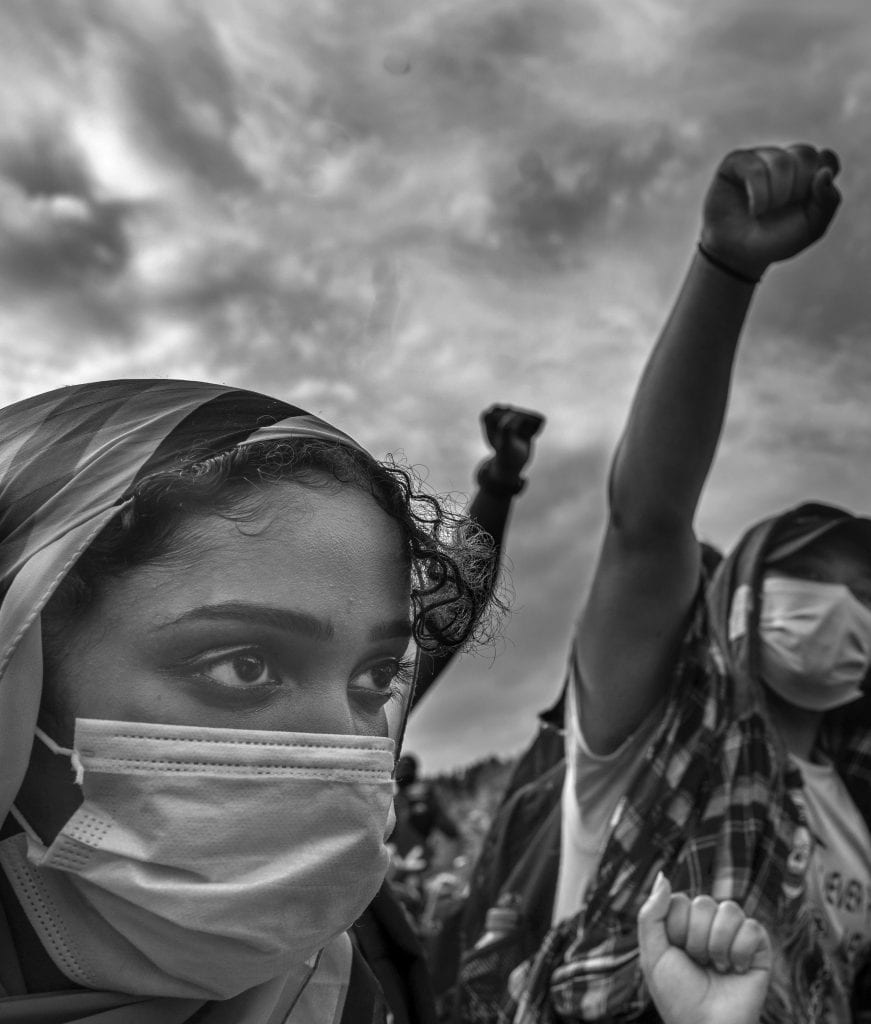
This included shooting photos on the front lines of the 2003 Invasion of Iraq for four months, where he was embedded with the 101st Airbourne Division. “It was pretty rough,” John recalls. “We were working in burned-out buildings and traveling along the front lines, getting shot at all the time. It was pretty dangerous. I had never photographed a war before, and it was an amazing thing to experience. I felt such great freedom because I had a satellite phone, a dish, and a computer to use to send them my work. When they didn’t like something I was telling them, I would act like there was a bad connection and hang up.”
John’s photo essays seem to take a cue from gonzo journalism, as his coverage of gang activity in the state got him closer to danger than most people care to be. John shares, “NPR interviewed me and wanted to know if I was a gang member because they had never heard of someone getting in so close and personal with the gangs like I was. I have always found a way to get close to the people I want to photograph.”
In his 40 years as a photojournalist, John has covered endless events (which include the honor of photographing President Obama). He’s worked with many news outlets in Middle Tennessee and has taught photojournalism courses for Nossi College of Art. John feels, in the decades he’s served the community’s press, that he’s been personally responsible in helping to keep people honest. Despite President Trump’s labeling of media as “the enemy of the people,”
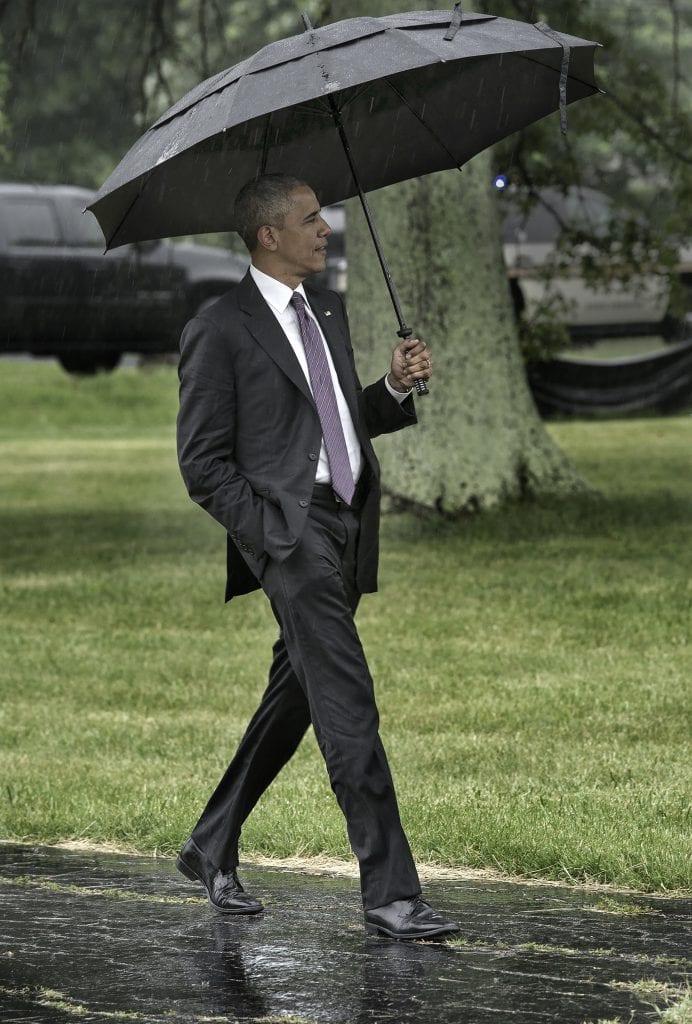
John continues to see journalism as his calling. He states, “A free news platform allows us to keep democracy free. As [journalists], we are trying not to color the news at all, we are just trying to capture what is actually happening in front of us. Many times, when we work with a publication it is up to the readers to make a decision as to what to believe. It is hard to be objective because we have all been brought up differently, so we have a subjective way of looking at things. I just try and be fair for both sides of the story.”
As a news photographer, John has seen a resurgence in the industry. He feels news is even more important now with all of the issues that are coming to the forefront today. He’s currently a contract photographer for local news site Tennessee Lookout, for which he’s taken some of the most dramatic images for the outlet. Covering the Black Lives Matter protests in downtown Nashville following the death of George Floyd, John captured the photo of Wesley Somers, who started the fire at the steps of the courthouse. John’s images, which went viral after he posted them online, actually helped police identify Somers and bring him to justice.
John’s coverage of the downtown Nashville protests made him even more empathetic to the causes of social justice. His training as a photographer—which means getting to an event early and staying late to study a setting in its entirety, and anticipating what might happen next—meant that he was a witness to things that others might not have seen. During the protests, he saw wholesale damage and violence to property downtown that was blamed on peaceful protestors. John’s witnessing of the events came at a price, as he was the victim of two separate tear gas instances by the police to combat the crowd. For telling those otherwise unnoticed or altered truths, John says that “journalism is a part of that,” as others may try to change accounts to twist facts to suit their narrative.
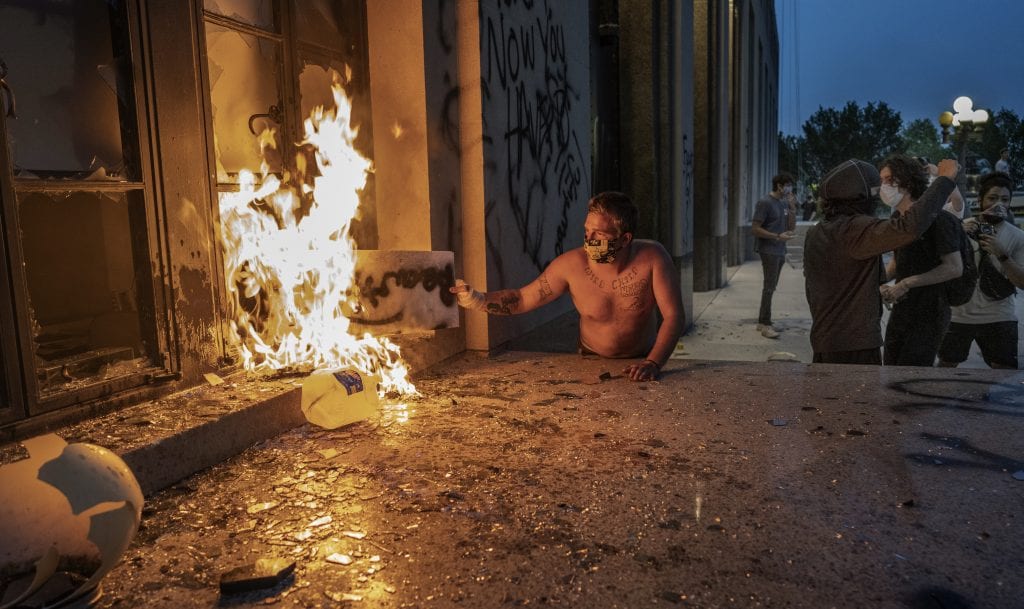
Even with the freedom of being a freelance photographer, there are stories that journalism might not be suited to tell. As John loves to stay busy and find new ways to be creative or tell stories, John has expanded into the world of books. His book, Cuba: My World Ends Here, a look at everyday life for people living in the Republic, sold out of its initial print and is currently in the works to become an e-book. His latest book, Rancho Beyondo, a photographic essay collection of images taken in Music City, shows the parts of Nashville that tourists don’t get to see.
John is both uniquely qualified to capture the stories he does as a photojournalist, and seemingly out of his element if he were to step away from them. Regardless of what’s going on in the world at the time, John knows that he has to be there to capture it. He feels compelled to help people make sense of it or understand the context that risks being lost through inferior work. Even though he knows that the work may be dangerous and that there may be people who think he’s trying to concoct a narrative, John is compelled to tell a story as needed by the particular assignment.
“Every day I wake up, I am not like a normal person,” he explains. “I am driven to do something every single day, and I am always looking for something to shoot.”
John is constantly looking for opportunities to capture new photographs. For further information about John Partipilo’s photography details on purchasing his books or photographs, be sure to visit his website and social media.
